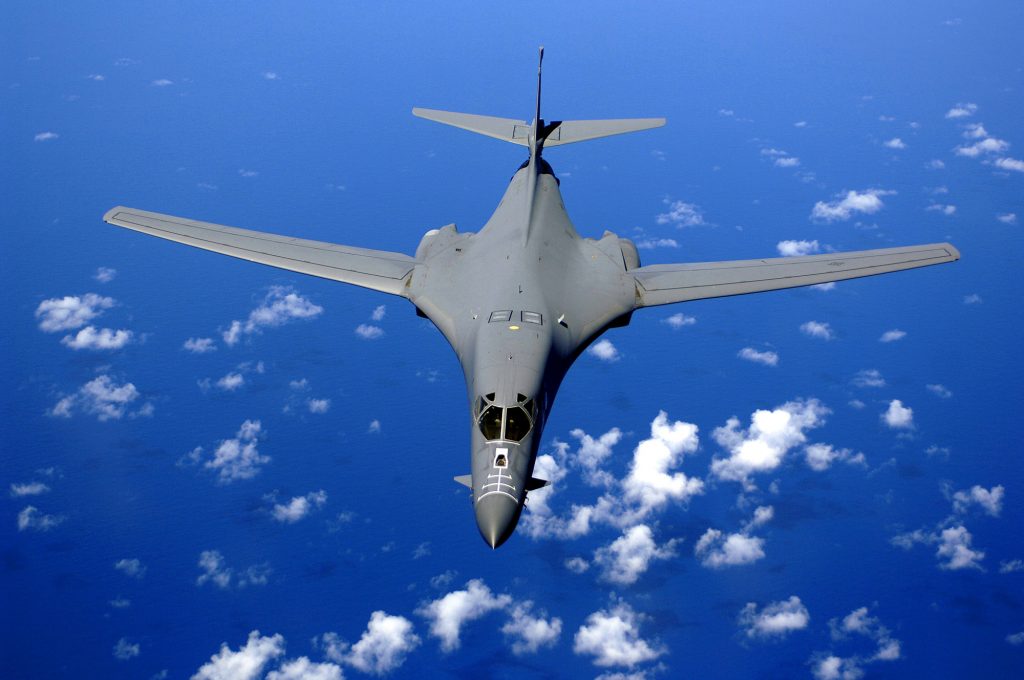
The B-1 Bomber, AKA “The Bone” (B-One), what a beautiful airplane. If you don’t believe me, check out this footage: https://www.youtube.com/watch?v=6r3pPFzpzaw. In this case this beautiful bird makes me feel older. Fifteen years ago on March 1, they retired the first operational B-1.

The B-1 program was designed to replace the “aging” B-52 in the late 1970s. I put “aging” in quotations since this term has been applied to the B-52 since my cadet days in the 1980s and the B-52 is still flying!
The B-1A was designed to be a supersonic bomber that could penetrate Soviet airspace at high speed. The program was cancelled in 1977 by President Jimmy Carter. The move was not entirely surprising. Although a Naval Academy graduate, Class of 1946, Carter was not friendly with funding to the military while in the Oval Office. Many friends of mine reported being unable to fly their military aircraft in the late 1970s due to a lack of spare parts.
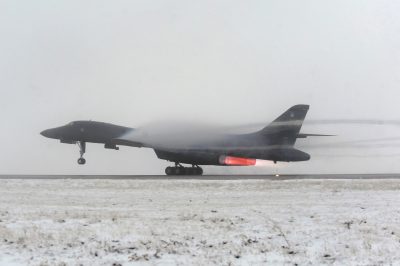
Ronald Reagan ran for President in 1980 on a platform that included more defense spending as a center piece. Part of his plan was to revive the B-1. Shortly after he was elected, Regan saw to it that 100 B-1Bs were ordered. The B-1B was a slightly modified and upgraded B-1A. It had a beautiful swept wing design and four powerful engines each equipped with an afterburner.
The contract went to Rockwell International and the production schedule was aggressive. The plane was produced at the Palmdale California Plant. Testing occurred at nearby Edwards, AFB. That is how I got involved.
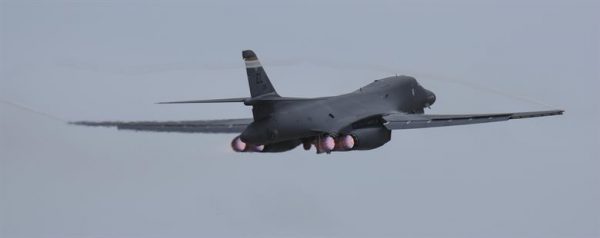
One of my most exciting and unpredictable TDYs occurred in October of 1986. I had been a mission ready co-pilot for three months. My aircraft Commander, Mike Swigert, Dorothy my Navigator, and Boom Operator Jon White were sent to Edwards for a week of Flight Test support.
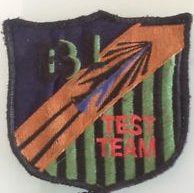
One of the highlights of the trip was getting to refuel the B-1B. We were some of the first to do so. I kept my B-1B Test Team patch as a reminder. The flight was exciting, but uneventful. The refueling went off without a hitch.
I can’t say the same for the B-1’s debut. General Bennie Davis (https://www.legacy.com/obituaries/statesman/obituary.aspx?pid=160134355) was the Commander of the Strategic Air Command and on the verge of retirement. He made an early trip to show off the B-1. As it was taxing an engine imploded. FOD (Foreign Object Damage) was suspected. The ramp was thoroughly cleaned for FOD. The engine was replaced. The airplane attempted to taxi again. Again, the engine imploded. It was finally discovered that some internal bolts were dropping down into the engines, causing the engine damage.

The first B-1B arrived at Dyess AFB in Abilene Texas on July 7, 1985. Its tail number was 83-0065. The bird flew for over seventeen years. It was retired 15 years ago on March 1. The plane sits proudly on display at Dyess to this day. For photos and more details see: https://www.thisdayinaviation.com/ for March 1, 2003.
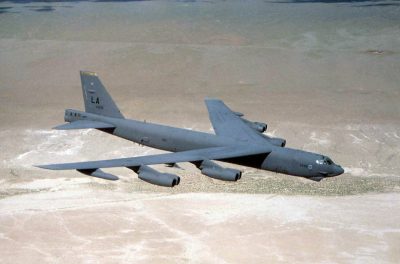
That is why this beautiful bird makes me feel old. How can a plane that I helped develop (in a small way) already be retired? Here’s the real irony. The B-52 it was designed to replace, is still flying! Who would have “thunk it”?

Seems to me that there was another issue at Offutt with the B-1. We were flying down for an Order of the Sword in ’86 and taxied by the B-1 on the ramp…with a sheet metal rip…. Wasn’t that one from a General Davis flight as well? Might even have a picture around, as well…
Scott, something seems familiar about your story. Perhaps the sheet metal rip was related to the FOD/Bolt damage to the engines in some way. You are likely correct, I would bet there is a picture out there somewhere. If someone digs it up, I would be happy to post it, along with any details. Thanks for chiming in!